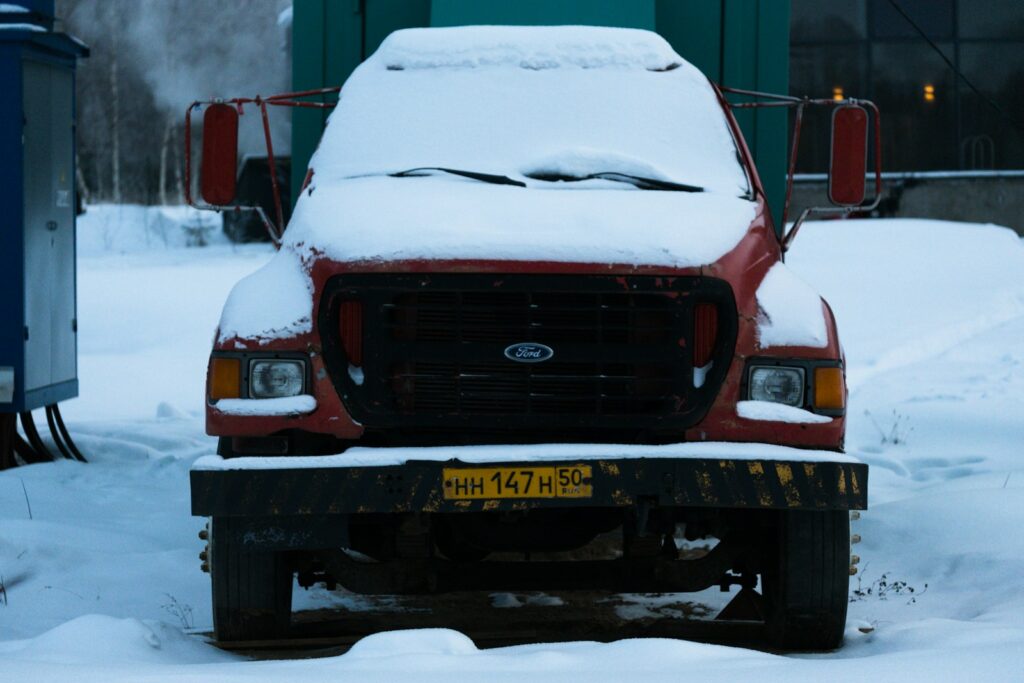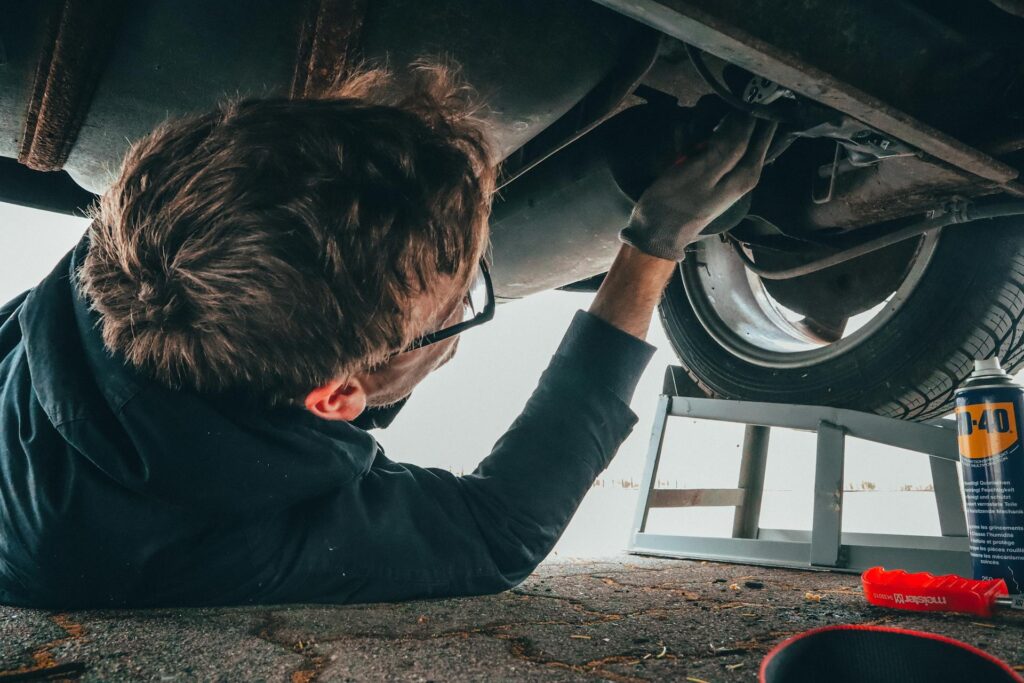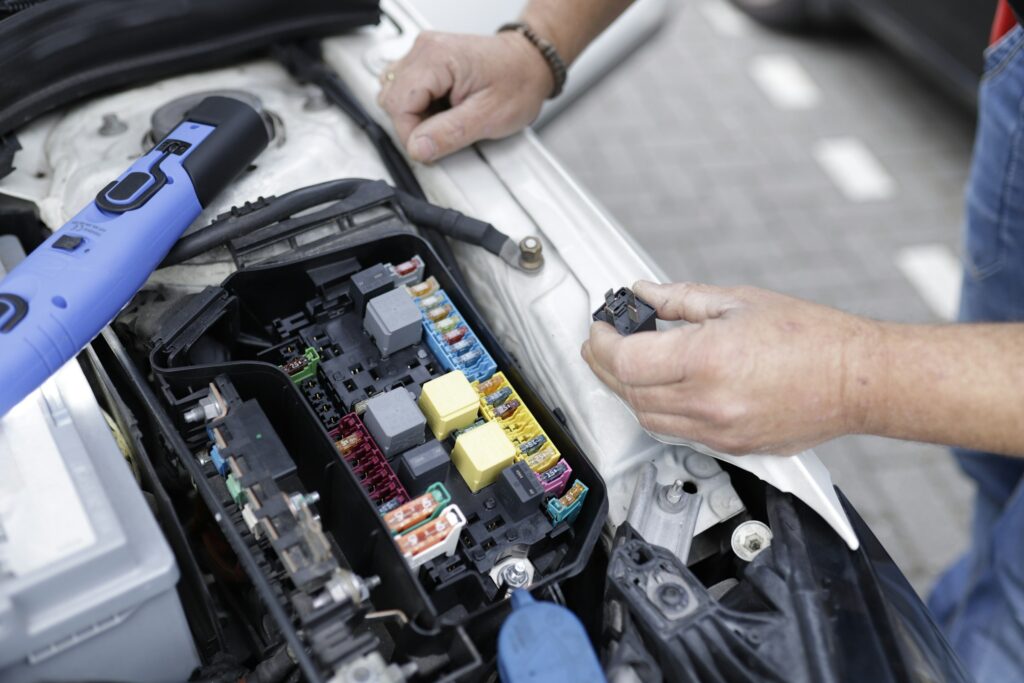Brakes are one of the most critical safety systems on your vehicle. If you’ve been hearing squeaks or your brake warning light’s blinking, it might be time to replace your pads.
This DIY brake pad replacement guide walks you through everything you need—tools, safety, and troubleshooting—to change your brake pads at home like a pro.
What You’ll Need: Brake Pad Change Tools
Before you get started, gather these essentials:
- Floor jack and jack stands
- Lug wrench
- C-clamp for brakes or brake caliper tool
- Ratchet and socket set (for caliper bolts)
- Torque wrench
- Brake cleaner spray
- New brake pads (and hardware if needed)
- Gloves and eye protection
- Rags or a towel
- Small bungee cord or wire (to hang caliper)
- Optional: Turkey baster (for brake fluid reservoir adjustment)
Step-by-Step: How to Change Brake Pads Yourself
1. Park & Prep
Start by parking your vehicle on a flat surface. Engage the parking brake and chock the wheels to keep everything stable. Loosen the lug nuts slightly before lifting the vehicle.
2. Lift & Secure
Use a floor jack to raise the vehicle and place jack stands underneath for safety. Never rely solely on the jack to hold the car.
3. Remove Wheel
Finish removing the loosened lug nuts and take the wheel off. Set it aside so you can access the brake assembly.
4. Inspect the Brakes
Take a look at your brake pad thickness—anything under 3mm means it’s time for new pads. Check the rotors for deep grooves or rust, and note any wear indicators on the pads.
5. Remove Caliper Bolts
Find the caliper bolts and remove them carefully. Gently lift the caliper off the rotor and hang it using a bungee or wire so it doesn’t strain the brake hose.
6. Swap Pads
Slide the old brake pads out. Use a C-clamp to slowly compress the caliper piston. Then slide the new pads into place and install any included clips or shims.
7. Reassemble & Torque
Reposition the caliper over the new pads and torque the bolts to the manufacturer’s spec. Put the wheel back on and hand-tighten the lug nuts.
8. Lower & Final Torque
Lower the vehicle safely to the ground. Use a torque wrench to finish tightening the lug nuts according to spec.
You might also try your next DIY upgrade, like changing your own oil at home to keep your vehicle running smoothly.
Before You Drive: Brake Bedding & Safety Check
Before hitting the road, pump the brake pedal until it feels firm, and check the brake fluid reservoir. Top it off if needed.
To bed in the new pads, make several gradual stops from 30 to 40 mph to help them seat properly. It’s normal to hear a little squeal at first, but loud grinding or vibration could signal a problem that needs a second look.
Common Troubleshooting Tips
If your brake pedal feels soft or spongy after the install, there could be air trapped in the lines. Bleeding the brakes, in this case, may be necessary.
In case you’re still hearing noise when you brake, double-check that the pads are seated correctly and that all clips are properly installed.
If you feel vibration or pulsing while braking, your rotors could be warped and may need resurfacing or replacement to ensure smooth, safe stopping performance.
Final Thoughts
Learning how to replace brake pads at home can save hundreds in labor costs and boost your confidence under the hood.
Whether you’re maintaining your daily driver or prepping your truck for heavy-duty work, following the right steps to change brake pads safely makes all the difference.



